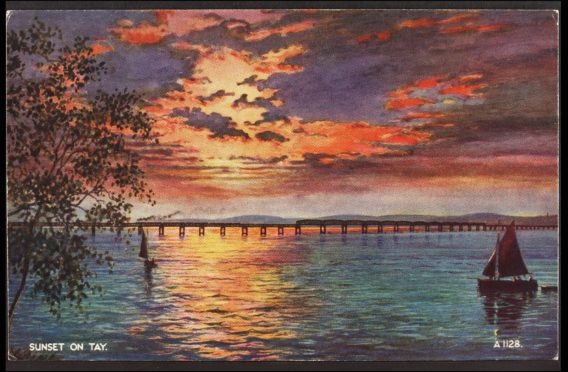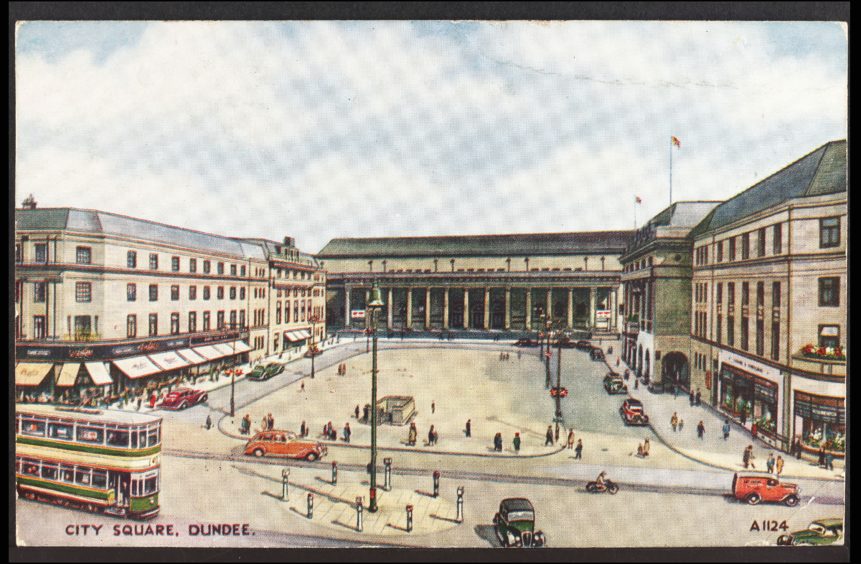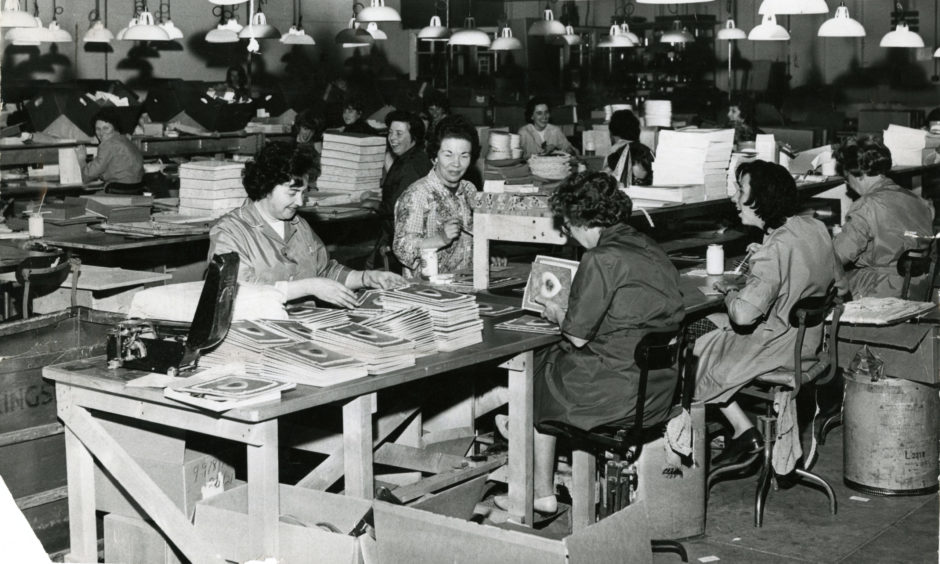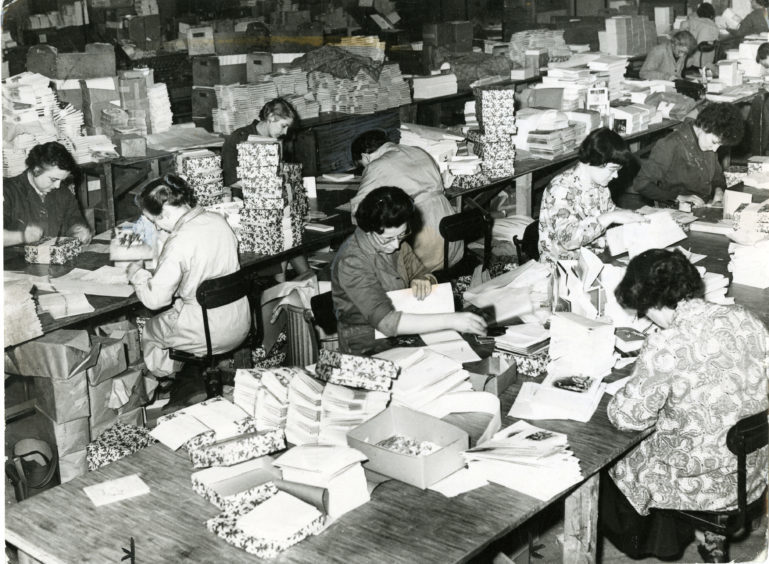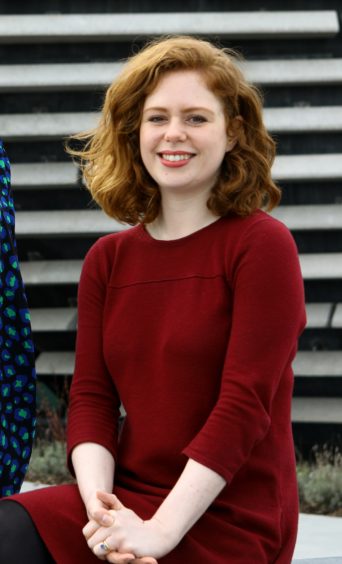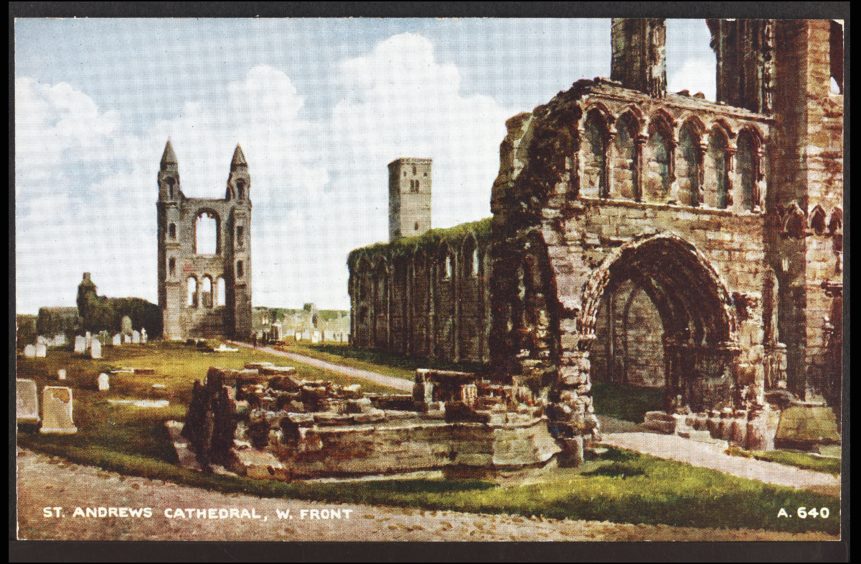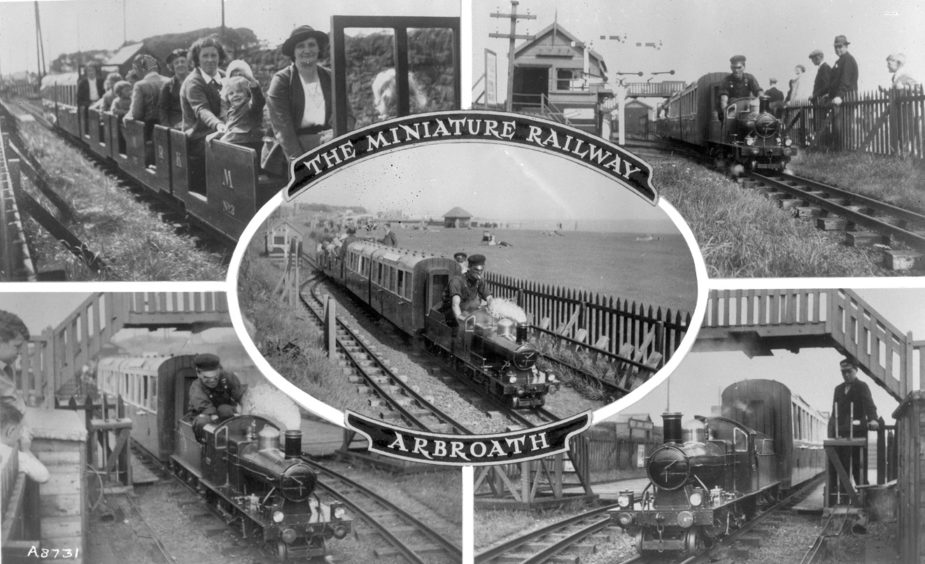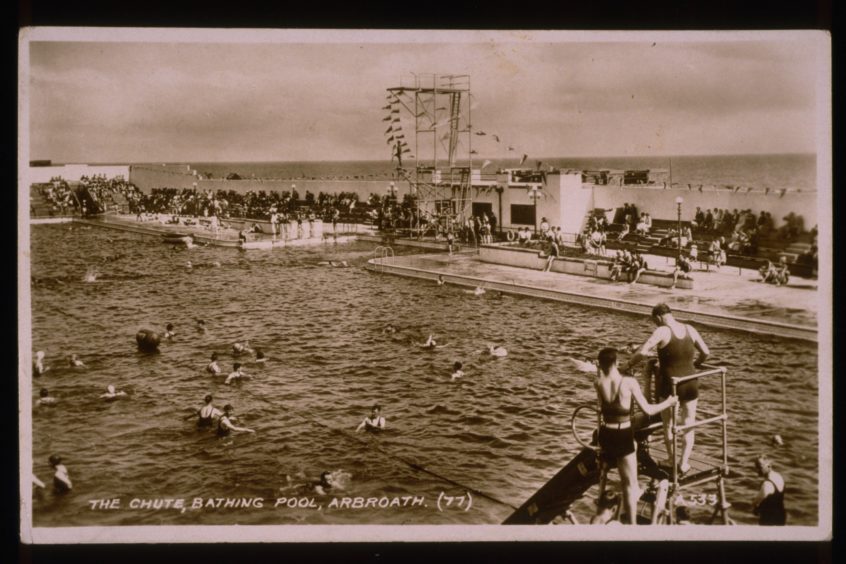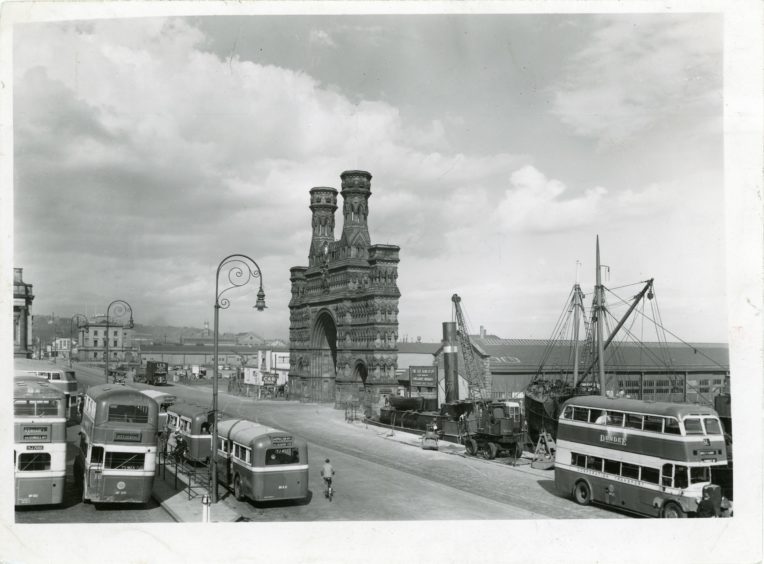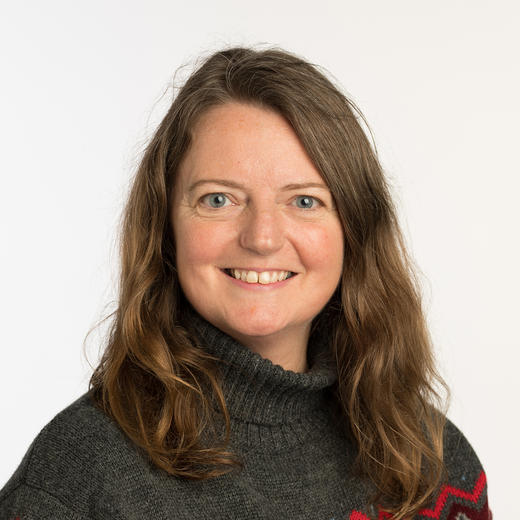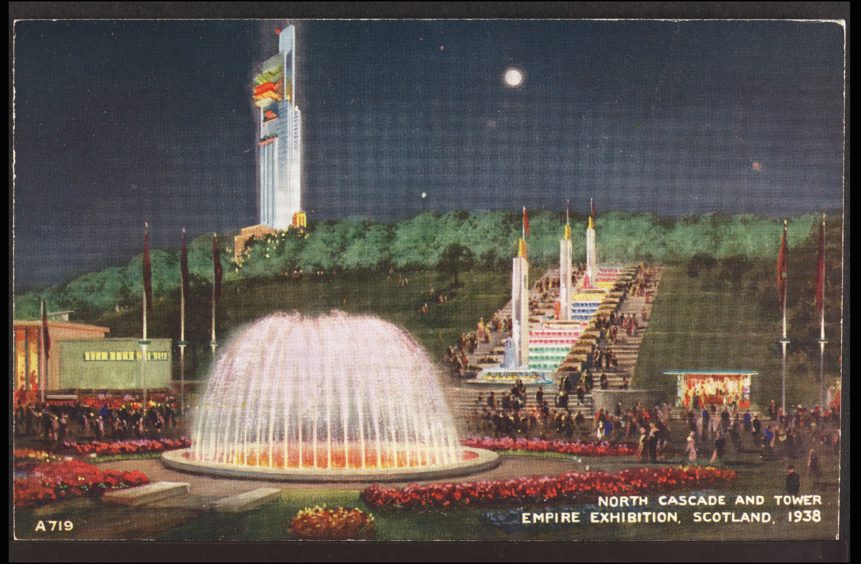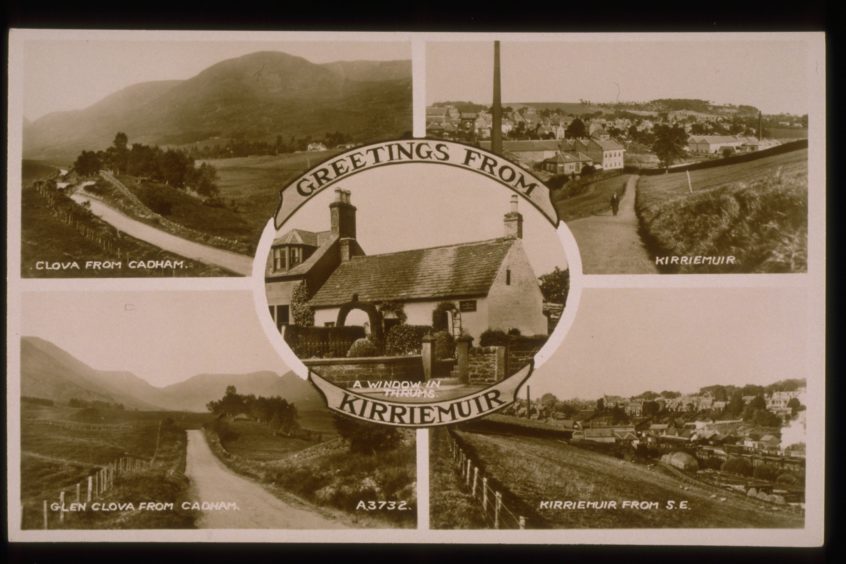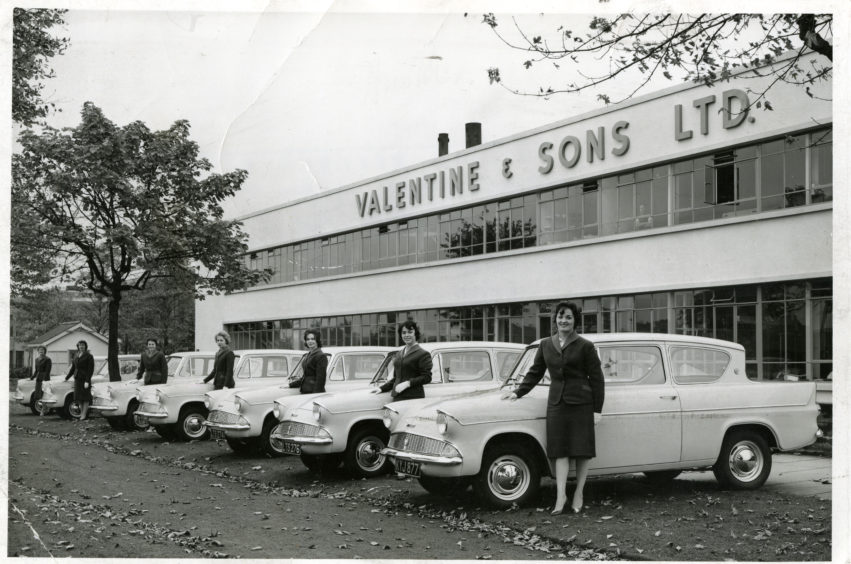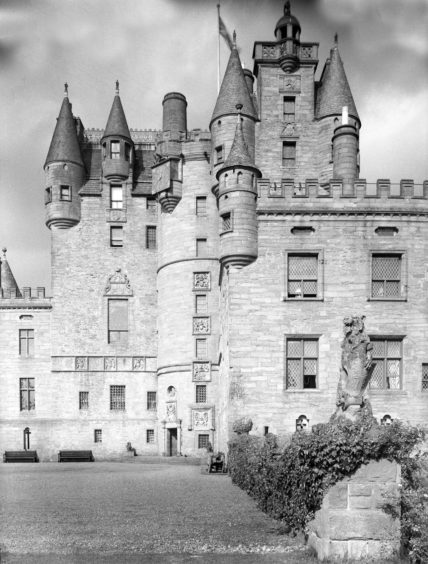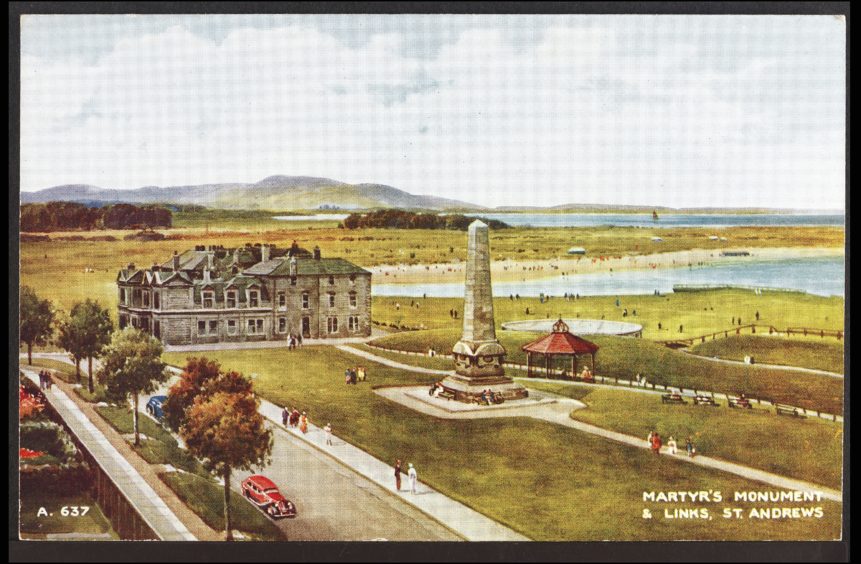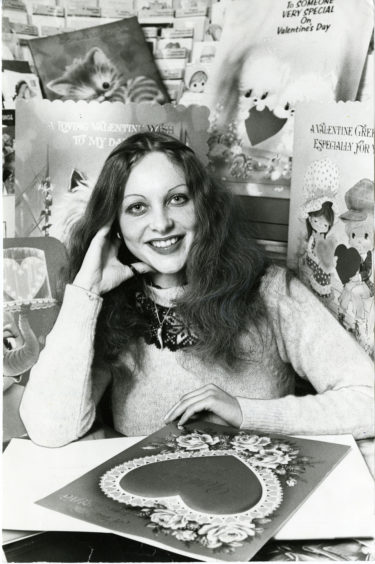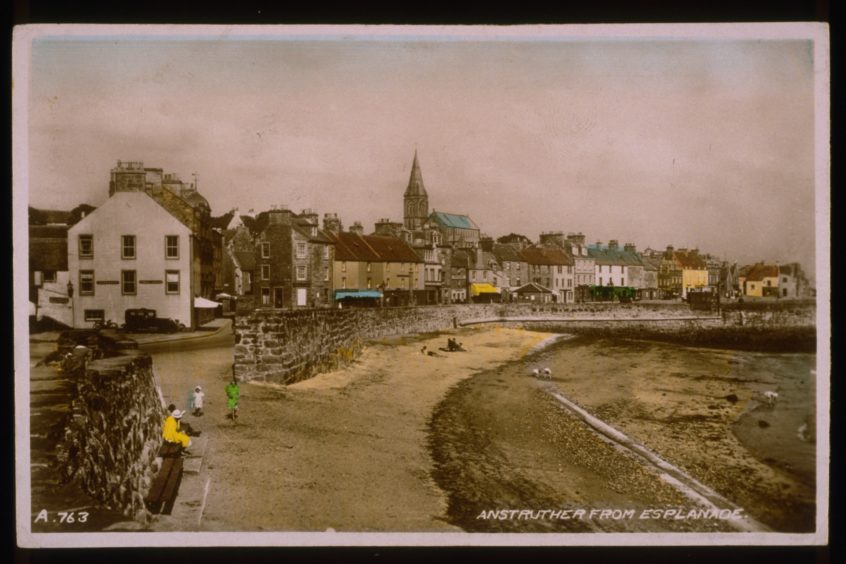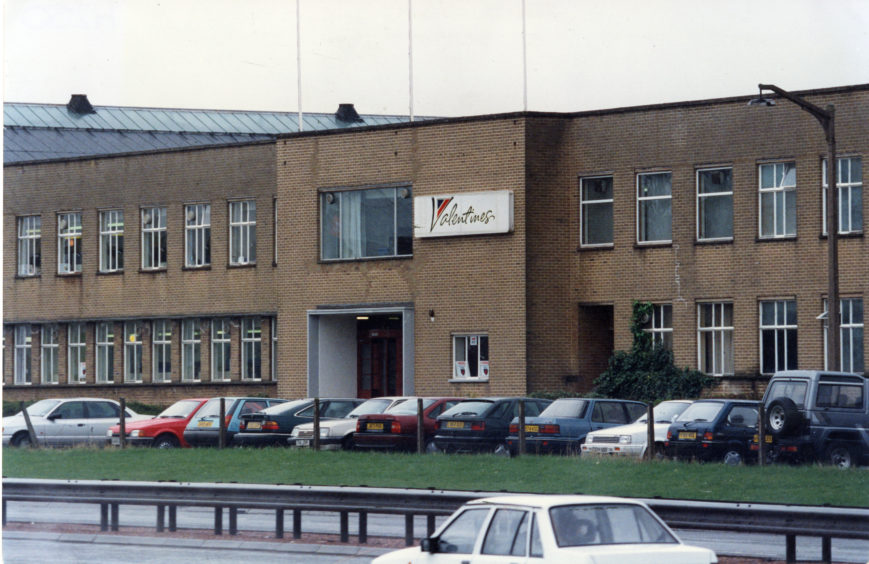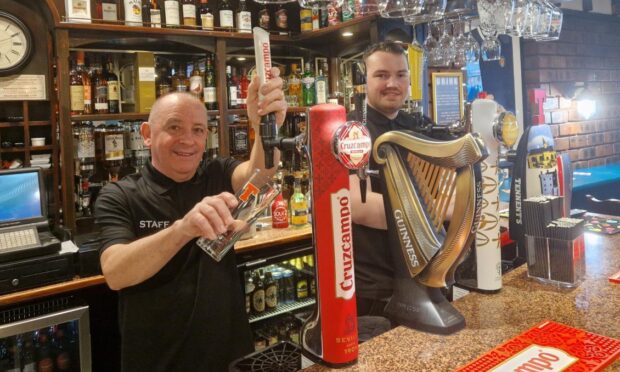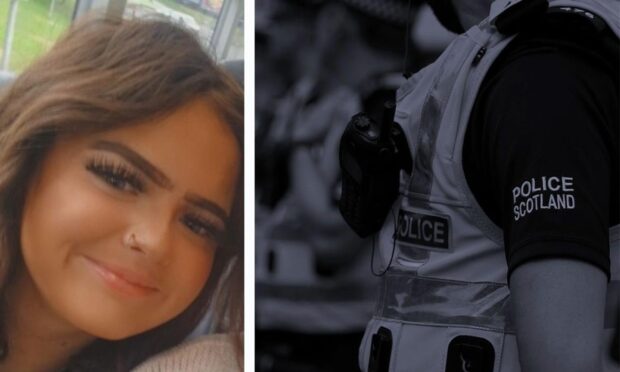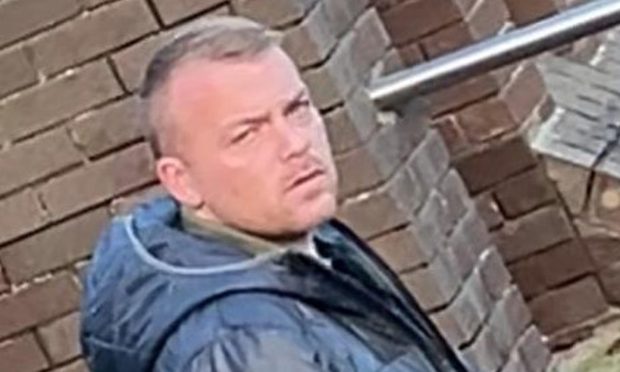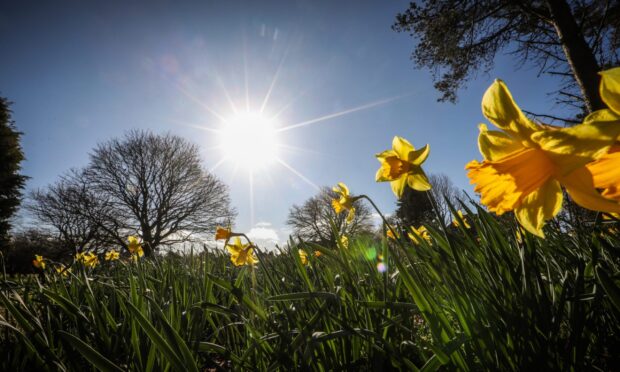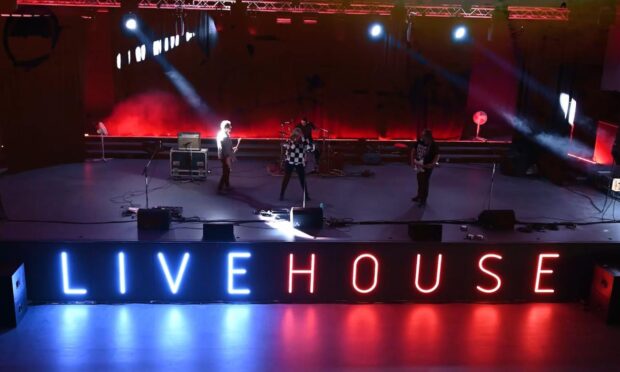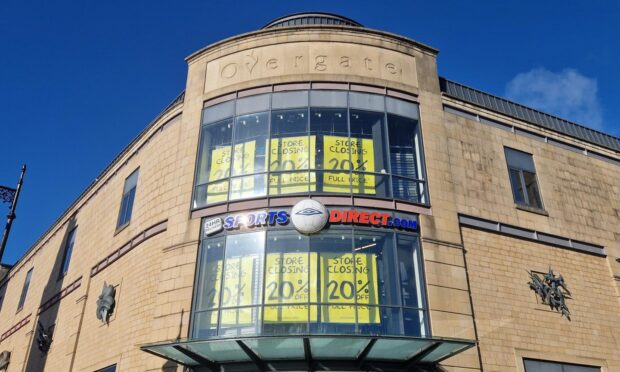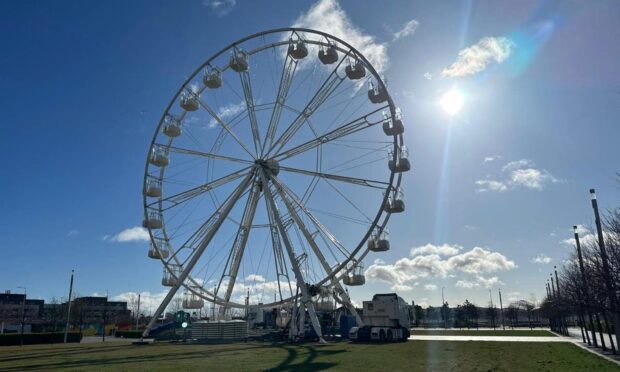Michael Alexander hears why a research team attached to V&A Dundee wants to hear from former workers and families connected with former Dundee-based picture postcard firm J. Valentines & Sons.
Youngsters splashing around on the chute at Arbroath outdoor bathing pool in 1934.
Winding country roads meandering off into the Angus glens beyond Kirriemuir in 1936.
Red-gowned students strolling out the pier as sailing boats glide into St Andrews Harbour in 1940.
Children frolicking on a hot summer’s day on Broughty Ferry Beach in 1959…
It’s not so long ago, in a pre-social media/pre-camera phone world that picture postcards were the principle means of exchanging good wishes between family and friends on holiday.
In their heyday, an estimated six billion postcards were sent in the UK between 1902 and 1910 alone, with a simple ‘Wish you were here’ type message often scrawled on the back to give a snapshot of fun times being had.
Today, social media platforms like Facebook and What’s App have replaced many such traditional printed communiques.
However, with the Covid-19 restrictions leading to a renewed interest in ‘staycations’ this summer, organisers of a research project at V&A Dundee are hoping Courier readers can help them explore the significance of a vast postcard collection produced by former global printing firm J. Valentines & Sons of Dundee.
Best known for popularising the picture postcard in the early 20th century, Valentines capitalised on developments in photography, printing and tourism to create a vibrant industry in the city.
Later, the company’s production diversified into greetings cards and was sold to Hallmark Cards in 1980, with the Dundee factory closing its doors in 1994.
The Valentine Collection, which includes over 120,000 images, is now held in the Special Collections Division at St Andrews University Library.
Working with curatorial duo Panel and graphic designer Maeve Redmond, V&A Dundee is currently exploring this vast archive which, alongside postcards, comprises photographic prints, negatives, albums, sample books, mock-ups and commercially distributed image sets.
With support from the Valentine family, the V&A team wants to uncover stories from the Dundee firm’s print and photographic past – and they would like former workers’ help to record those generations of social history.
“The museum wants to hear from former employees and members of the public,” said V&A curator Meredith More.
“If you or your family worked at Valentines, can you tell us what your role was, what you did each day, and what the experience was like?
“What role did Valentines play in your life and how is the firm remembered across the city?
“Even if you didn’t work at Valentines, you can still get involved.
“Valentines spent decades documenting destinations all over the UK and their postcards were used to exchange good wishes between family and friends.
“In this time of self-isolation and social distancing, and when many of us have been stuck at home rather than on our summer holidays, what do you remember about the local holiday spots captured in this selection of Valentines postcards from the archive?
“Most of the postcards in the archive do not have messages on them, so we need you to help us bring them to life.
“We’d like people to join us on a ‘Holiday from Home’ by telling us about good times or significant memories that happened in these local places. How have they changed over time?”
Maeve Redmond, a Glasgow-based independent graphic designer who works primarily with artists, writers and cultural organisations to design publications, billboards, campaigns, visual identities and websites, said a key aim is to learn more about the “day to day”, what peoples’ jobs were and what they did as part of the process of how the postcards were made.
“The fact that it was mostly women who did the hand colouring of postcards is interesting,” she said.
“There was quite a sophisticated production line.
“It would be quite interesting just to find out a bit more about that and also about the later history as well when they changed to producing greetings cards which I’d imagine would have more people still around who are able to tell us their stories.
“But just to get a picture of what the firm meant to people and how they think and why they think it’s significant to Dundee.”
Valentines had humble beginnings in Dundee before going on to become the biggest company of its kind producing 100 million greeting cards every year.
Founded in 1851 by James Valentine, he added portrait photography to the activities of his established Dundee business which had previously focused on the engraving, printing and supply of business stationery.
It’s thought his initial intention was to supply a local market. His product was similar to that of many other local photographers throughout the country.
However, according to the St Andrews University Photographic unit, the enterprise was a successful one and in 1855 he erected one of the largest photographic glasshouses in Britain.
In his literature, James Valentine described the glasshouse as “fitted up with every convenience for the comfort of visitors. It is well ventilated; and arrangements are made for keeping up a warm temperature, both in the Dressing-Rooms and the Studio…”
In the early 1860s, Valentine decided to follow the example of George Washington Wilson of Aberdeen in selling topographical view photographs.
This caught the eye of Queen Victoria, who commissioned a series of photographs. James was appointed “Photographer to the Queen”, assisting the dramatic expansion of the company which saw him open a large printing works at 152 and 154 Perth Road in Dundee.
At a time when the public couldn’t take their own photos, the business was now aiming at the national middle and upper class tourist market, with the production of both drawing room albums containing selections of photographs arranged geographically, and individual landscape prints.
In the 19th century, the Valentine views concentrated on genteel tourist sights, initially in Scotland, before moving on to England in 1882.
But its influence was soon to expand overseas.
Over the next 20 years, the focus shifted to fashionable tourist spots abroad including Jamaica, Madeira, Norway, New Zealand and Tangier.
It’s this overseas element that recently caught the attention of Dundee University geography lecturer Dr Susan Mains.
While living in Jamaica, Dr Mains came across a set of photographs by Valentine & Sons.
These had been taken in 1891 and were presented at the 1893 World’s Fair in Chicago.
The striking images showed a diverse range of rural and urban landscapes compiled in the hope of promoting the island as a place to visit and to invest in, the latter seen as particularly important following the decline of the plantation economy.
After moving to Dundee a few years ago, she found out that the remaining Valentine & Sons images were held in the University of St Andrews Photography Special Collections.
“Valentine and Son’s, who were already recognised as skilled photographers travelling the world, were commissioned to take photographs of Jamaica in the late 19th century,” Dr Mains said.
“This was following the abolishment of slavery, and was part of efforts to depict landscapes that would encourage investment into the island.
“In a way these were early tourism advertisements that depicted an idealised and sanitised landscape, without actively engaging with the wider Black disenfranchised population in the island (adult suffrage in Jamaica began in 1944, and Jamaica became independent in 1962).
“It is also important to note that there were many Black anti-colonial political activists in the Caribbean—the population did not passively accept inequality—but it would be hard to tell this from historical paintings or news coverage of the Caribbean published in Britain at that time.”
James Valentine died in 1879 and his sons William and George took over as the business continued to grow.
George went to New Zealand around the same time and expanded the business there.
It was William who took control of the landscape side of the business in Dundee, doing pioneering work in large scale photographic processing and in photo-mechanical printing.
In 1851 his father employed 14 workers, but by 1886 William had expanded the work force to 100.
His decision in 1897 to enter the picture postcard market, however, was in a few years to increase the size of the firm 10-fold.
For a while the general standard of photography suffered a sharp decline and the standard photo-mechanical method of reproduction for postcards was frequently crude, although the firm returned to purely photographic processes before the First World War.
From the turn of the century onwards, Valentines employed a considerable number of photographers who worked on location from the spring to the autumn and then spent the winter months processing the results.
They also employed a large number of artists (about 40 in 1907), one of whose tasks was the retouching of views.
This included the addition or removal of features in order to update or improve the saleable qualities of an image: Fountains were turned on or off, Dundee buses appeared in some very unusual places and various animals obviously ventured far and wide on travels of their own.
Also from 1900, and possibly earlier, images were bought in from local and national photographers and agencies.
Often regarded today as postcard publishers, Valentines described themselves as ‘photographic publishers’, reproducing a great variety of photographic goods.
From 1910 to 1914 trade suffered severely because of a price war with German postcard publishers, a battle which Valentines might well have lost had it not been for the outbreak of the First World War.
After a challenging time in the 1920s, trade gradually picked up again and the firm began to expand, adding a new factory on the Kingsway on the outskirts of Dundee in 1937.
At the height of the season as many as a million postcards a week were produced.
By the 1950s, however, the commitment to postcard publishing was waning, and the greetings card market became predominant, resulting in fewer photographic views being registered.
No new monochrome topographical views were registered after July 1966 and it was decided that, after 1967, no more monochrome postcard views would be published either on the firm’s own account or on commission.
The family’s involvement in the business ended in 1970 and American giant Hallmark Cards took over in 1980.
At that time the company had 430 staff in the city but, by 1994, Hallmark merged with Andrew Brownsword Group and the remaining staff, which had diminished over the past decade, opted for voluntary redundancy.
On October 28 1994 the long association of Valentines with the city of Dundee came to an end when the factory of the greetings card company closed its doors for the last time.
The company’s headquarters had been transferred to Bath, manufacturing to near Dublin and distribution to Bradford, during a run-down of the facilities in Dundee which had stretched over more than a year.
As the St Andrews University Archives department now state:“It is therefore through the images themselves and their continuing story that Valentines will remain forever ‘Famous throughout the World’.”
To get in touch with the V&A, email valentines@vandadundee.org or write to: Valentines Memories, V&A Dundee, Riverside Esplanade, Dundee, DD1 4EZ.
The Valentines collection can be viewed at the St Andrews University Archives website: st-andrews.ac.uk/library
